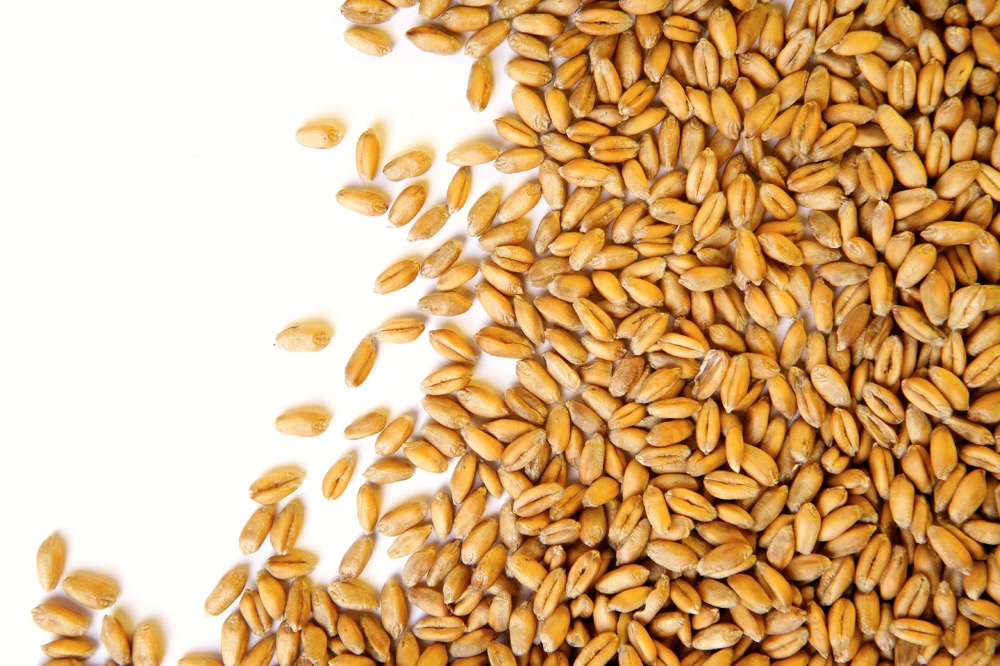Glacier FarmMedia | MarketsFarm — Total Canadian pulse plantings are expected to hold relatively steady in 2025, with Canadian farmers seeding more peas and lentils while cutting area to chickpeas and edible beans, according to early estimates from Agriculture and Agri-Food Canada released Jan. 20.
Peas
Citing good returns relative to other crops, AAFC forecast pea area rising two per cent on the year to 3.27 million acres. Given average yields, production is also forecast to rise by two per cent, at 3.05 million tonnes. Pea exports are forecast to hold steady with the 2.40 million tonnes expected for the current marketing year, but increased world supplies and a slight increase in Canadian ending stocks will see average Canadian prices dip to C$400 per tonne from C$425 in the current marketing year.
Read Also

IGC raises 2025/26 world wheat crop forecast
The International Grains Council has raised its forecast for 2025/26 global wheat production with crop outlooks upgraded for Russia, the United States and Argentina.
Lentils
Canadian lentil acres are forecast to hit their highest level since 2019, at 4.26 million acres. However, production is forecast to dip to 2.39 million tonnes from 2.43 million in 2024/25. Canadian lentil exports are expected to hit 2.20 million tonnes, which would be up from an anticipated 2.10 million tonnes in 2024/25 and well above the 1.67 million tonnes exported in 2023/24. Assuming average grade distributions, AAFC forecasts average lentil prices in the country to fall to by 9.5 per cent to C$755 per tonne.
Edible beans
Edible bean area in the country is forecast to be down by eight per cent in 2025 at 370,700 acres, as favourable returns compared to other crops are countered by larger carry-in stocks. Production is expected to decrease to 385,000 tonnes from 424,000 tonnes. Exports are forecast to dip slightly, while average edible bean prices should rise to expectations for smaller North American supplies.
Chickpeas
Chickpea area is forecast to fall 12 per cent on the year due to expectations for lower returns relative to competing crops, said AAFC, placing total chickpea area at 420,080 acres. With a return to trend yields, production is expected to fall sharply to 245,000 tonnes. However, with large carry-in stocks and only a small increase in expected exports, ending stocks and the stocks-to-use ratio are expected to rise, resulting in lower average prices.













